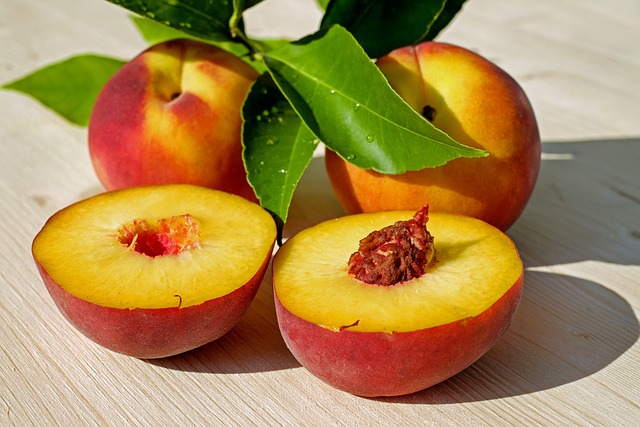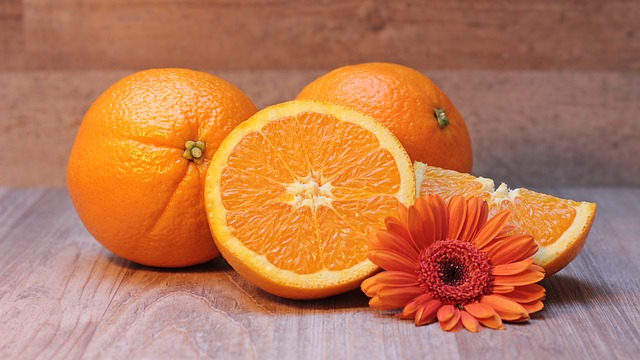Beyond Yogurt: Exploring Diverse Sources of Probiotics for Optimal Health
Probiotics have gained significant attention in recent years due to their potential health benefits. These live microorganisms, when consumed in adequate amounts, can provide numerous advantages for our overall well-being. While yogurt is often considered a popular source of probiotics, there are several other diverse sources that can also contribute to optimal gut health. In this blog, we will explore some of these lesser-known probiotic-rich foods and highlight their potential benefits.
Kefir
Kefir is a fermented milk drink that originated in the Caucasus Mountains. It is made by fermenting milk with kefir grains, which are a combination of bacteria and yeast. This beverage is packed with various strains of beneficial bacteria, providing a diverse range of probiotics.
Studies have shown that kefir consumption may have a positive impact on digestive health. It has been linked to improvements in lactose intolerance, constipation, and irritable bowel syndrome. Kefir also contains high levels of vitamins, minerals, and essential amino acids, which further contribute to overall health.
Sauerkraut
Sauerkraut is a type of fermented cabbage that has been a part of Central European cuisine for centuries. It is made by lactic acid fermentation, which results in the production of probiotics. Sauerkraut is rich in vitamins C, K, and various B vitamins, along with minerals like iron and manganese.
Consuming sauerkraut can promote gut health by increasing the number of beneficial bacteria in our intestines. It may also improve digestion and promote regular bowel movements. Additionally, sauerkraut contains antioxidants that help neutralize harmful free radicals in the body.
Miso
Miso is a traditional Japanese seasoning made by fermenting soybeans with salt and koji (a type of fungus). It is commonly used in soups, dressings, and marinades, adding a unique umami flavor to dishes. Miso is abundant in probiotics, vitamins, minerals, and essential amino acids.
Regular consumption of miso may lead to enhanced gut health by supporting the growth of beneficial bacteria. It has also been associated with a reduced risk of certain chronic diseases, including cardiovascular disease and certain types of cancer. Miso’s high antioxidant content aids in cell protection and helps boost the immune system.
Kimchi
Kimchi is a traditional Korean side dish made from fermented vegetables, most commonly cabbage and radishes, along with a variety of seasonings. The fermentation process produces lactic acid bacteria, making kimchi another excellent source of probiotics.
Studies have indicated that kimchi consumption may help regulate the balance of gut bacteria, leading to improved digestion and immune function. Kimchi’s rich vitamin and mineral content, including vitamin K, calcium, and iron, also contribute to its overall health benefits.
Tempeh
Tempeh is a fermented soybean product that originated in Indonesia. It is made by fermenting soybeans using a specific mold called Rhizopus oligosporus. This fermentation process enhances tempeh’s nutritional profile and increases its probiotic content.
Eating tempeh can promote gut health by increasing the number of beneficial bacteria in our intestines. It is a great source of plant-based protein, making it a popular option for vegetarians and vegans. Additionally, tempeh is rich in fiber, vitamins, and minerals, including magnesium and phosphorus.
Conclusion
While yogurt is well-known for its probiotic content, there is a wide range of other foods that offer a diverse array of beneficial bacteria. Including these lesser-known sources, such as kefir, sauerkraut, miso, kimchi, and tempeh, in our diet can contribute to maintaining a healthy gut and overall optimal health. So, why limit ourselves to just yogurt when there are so many more exciting options to explore for improving our well-being?







